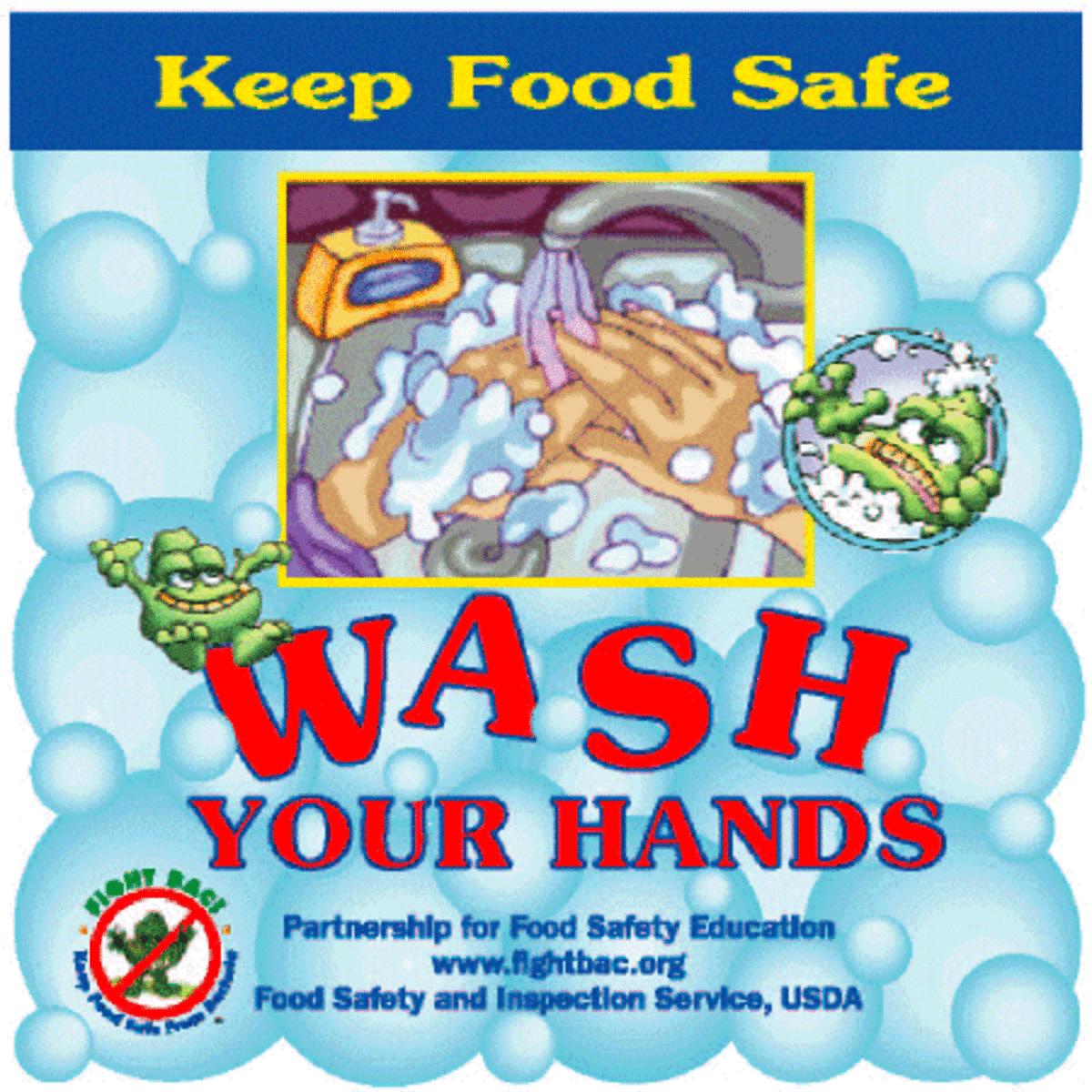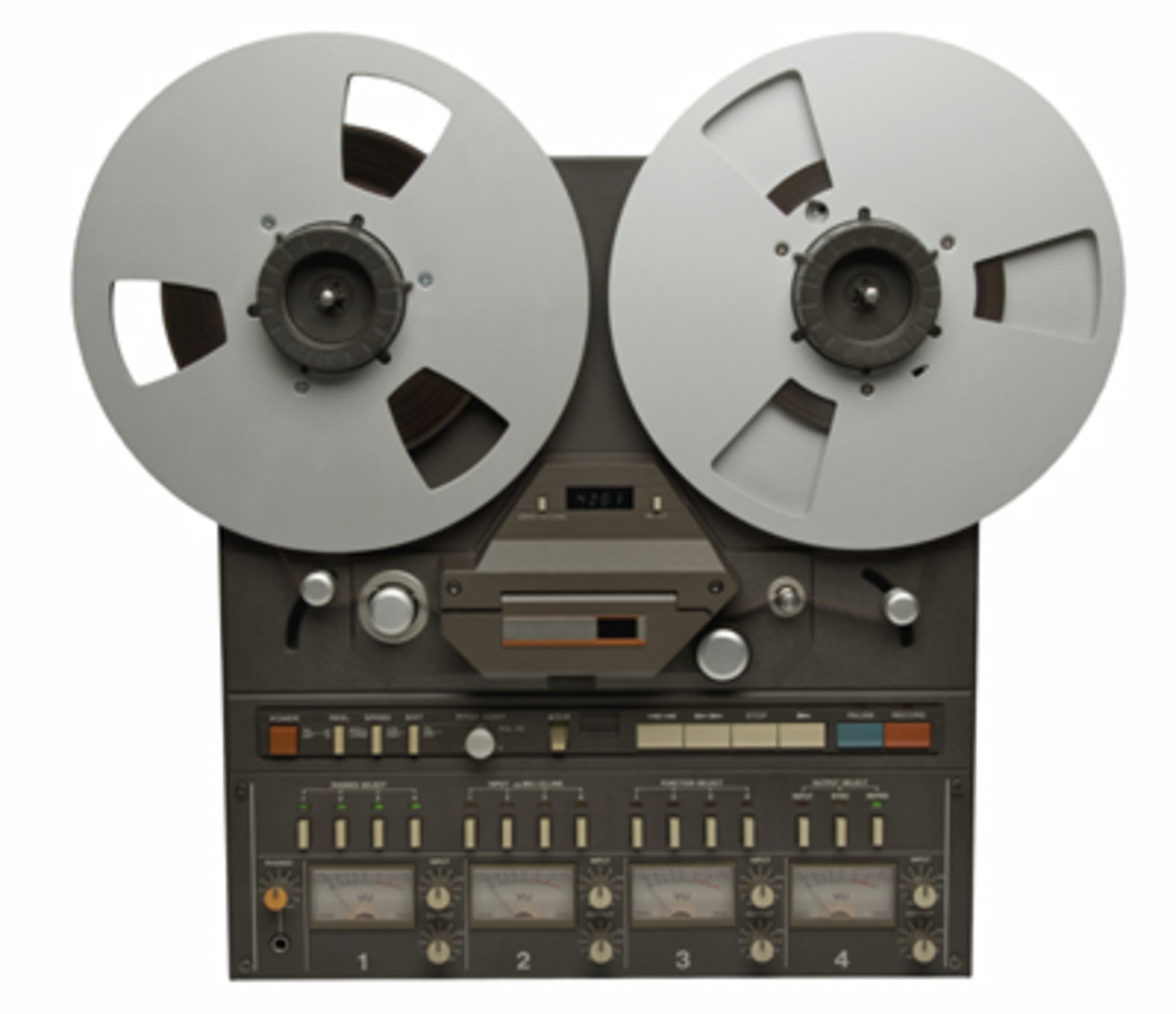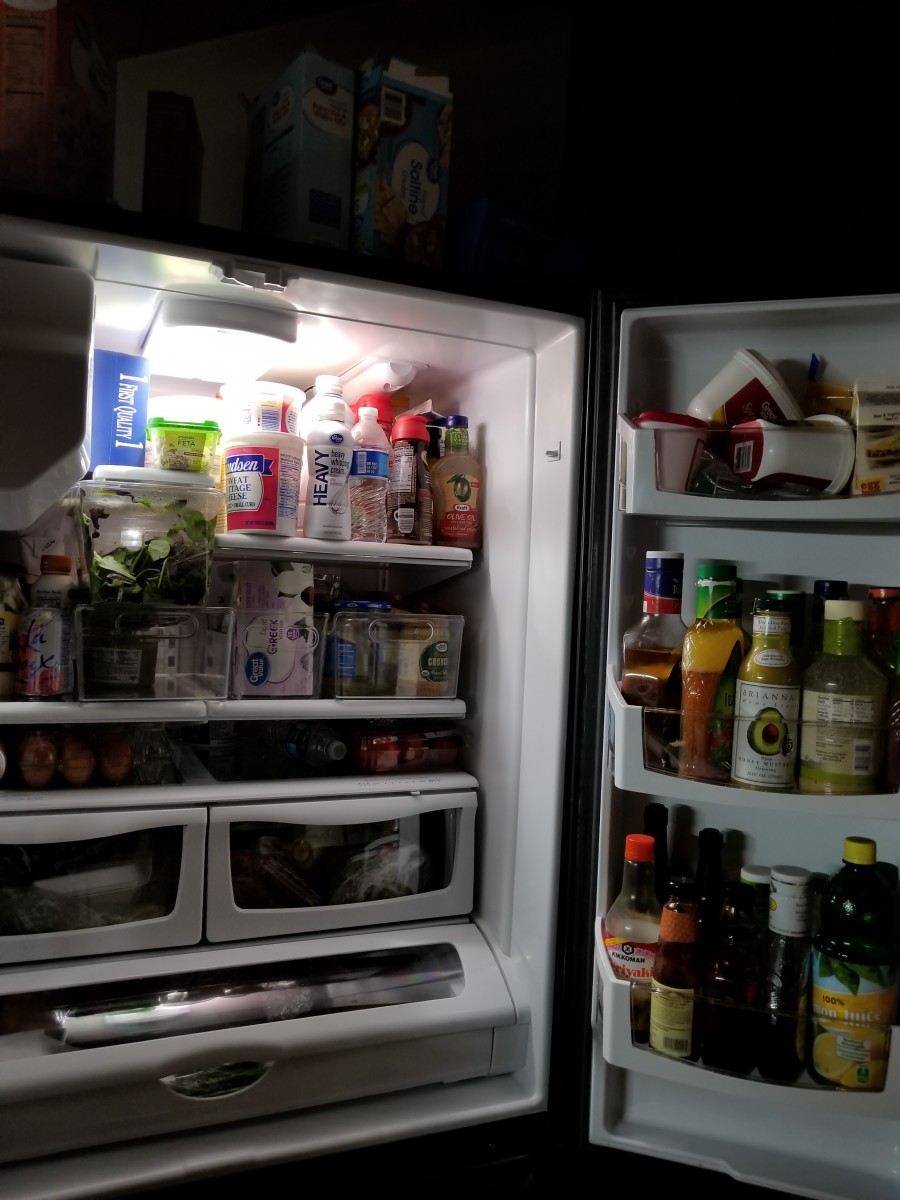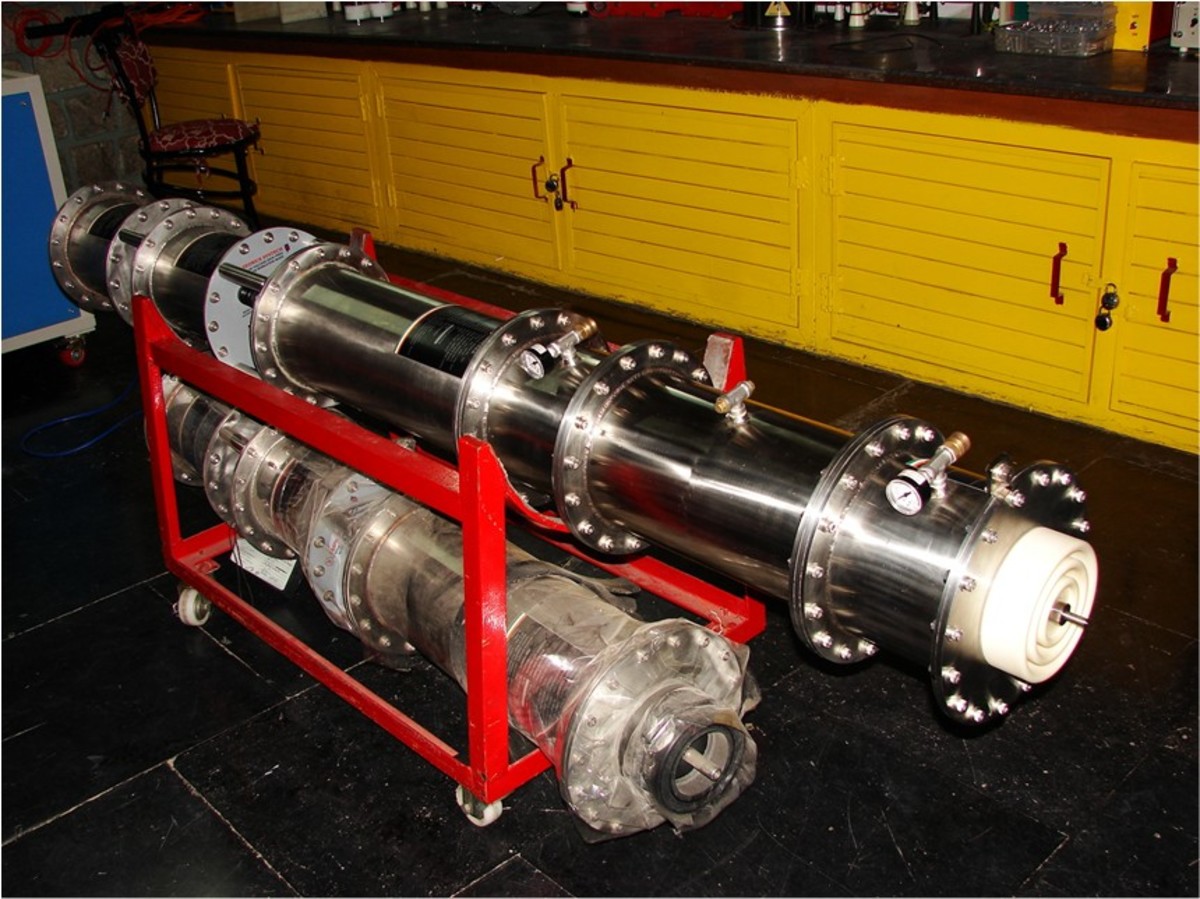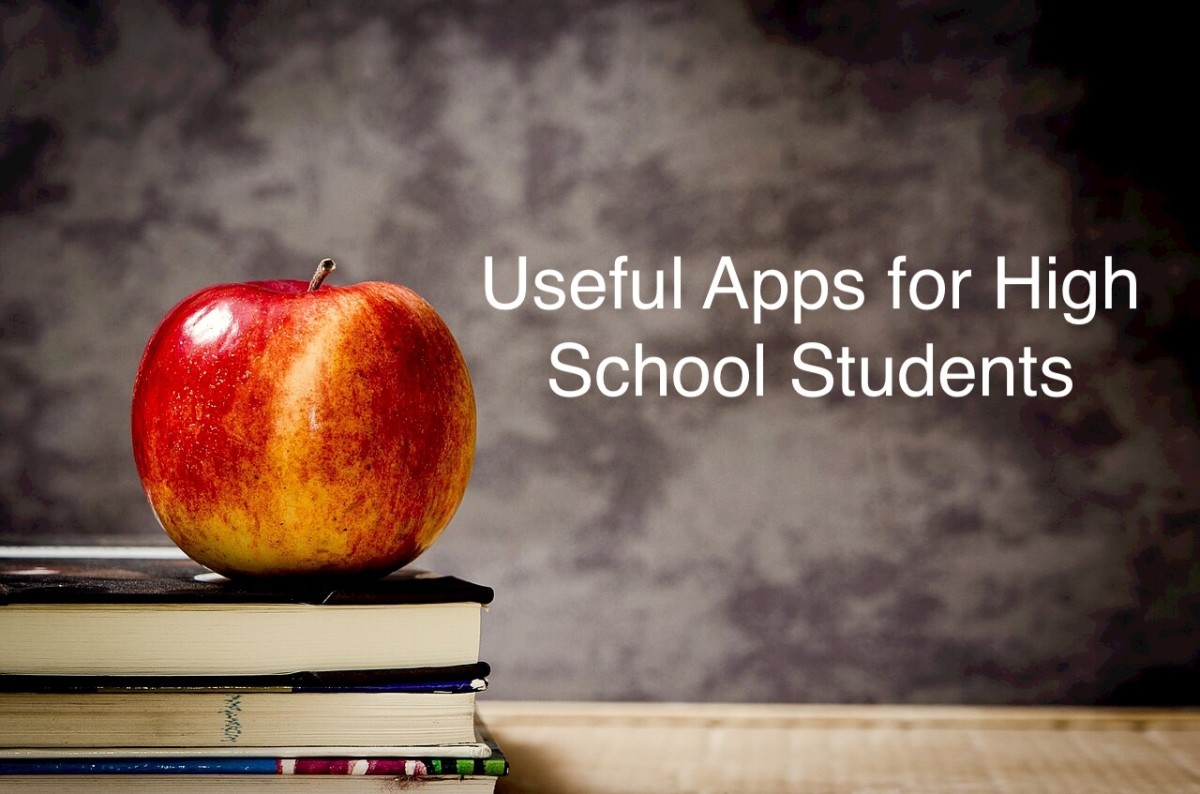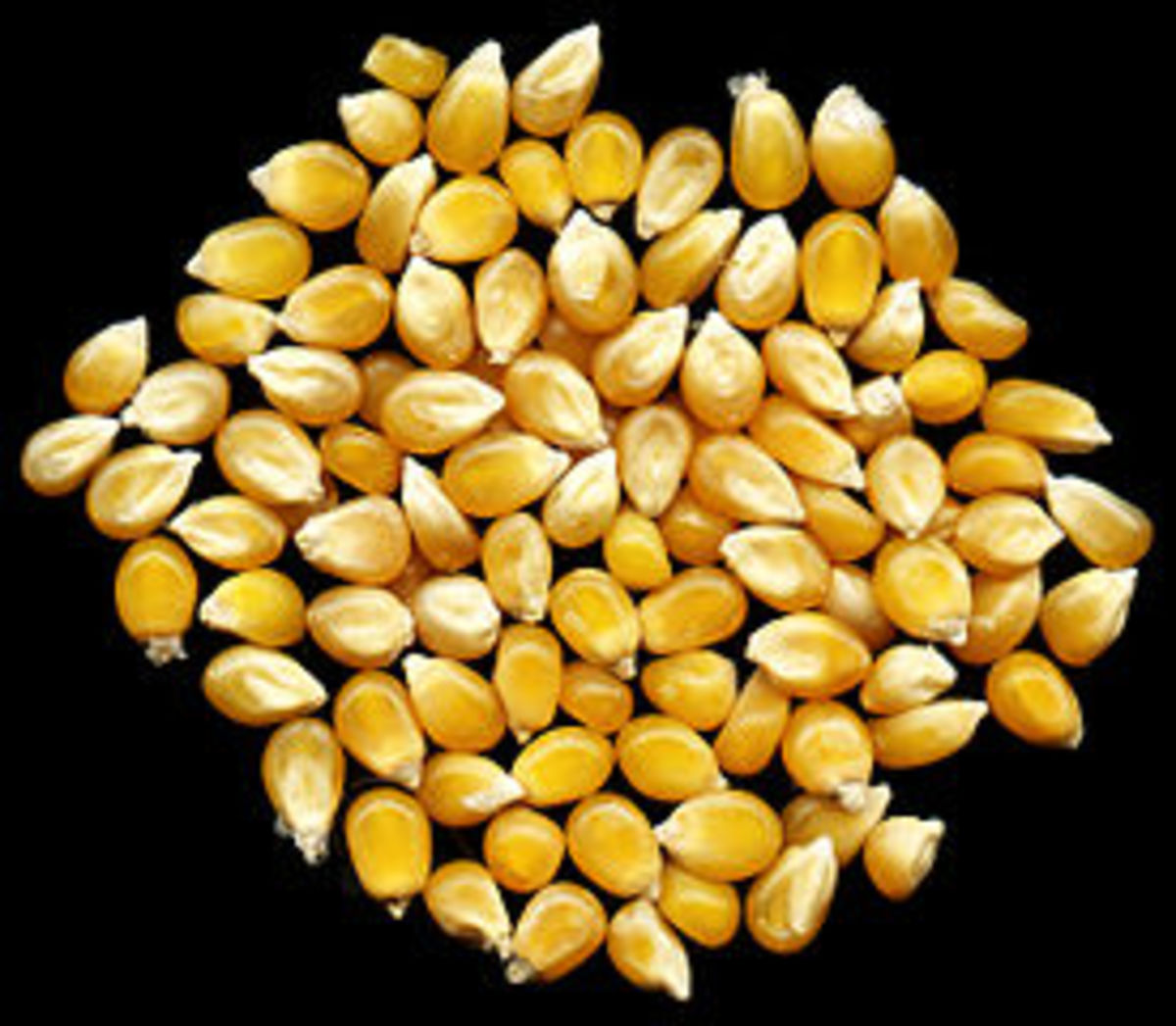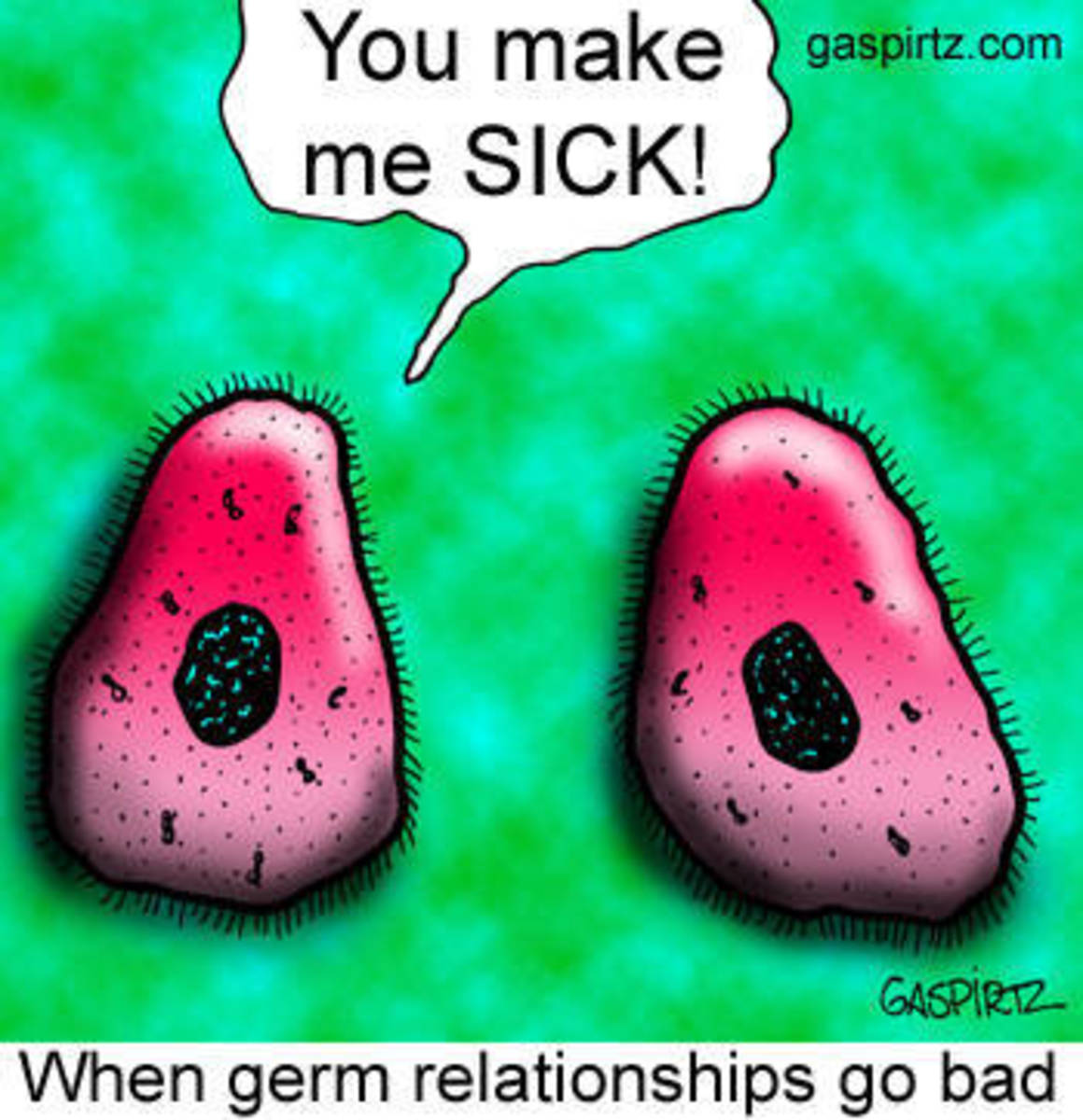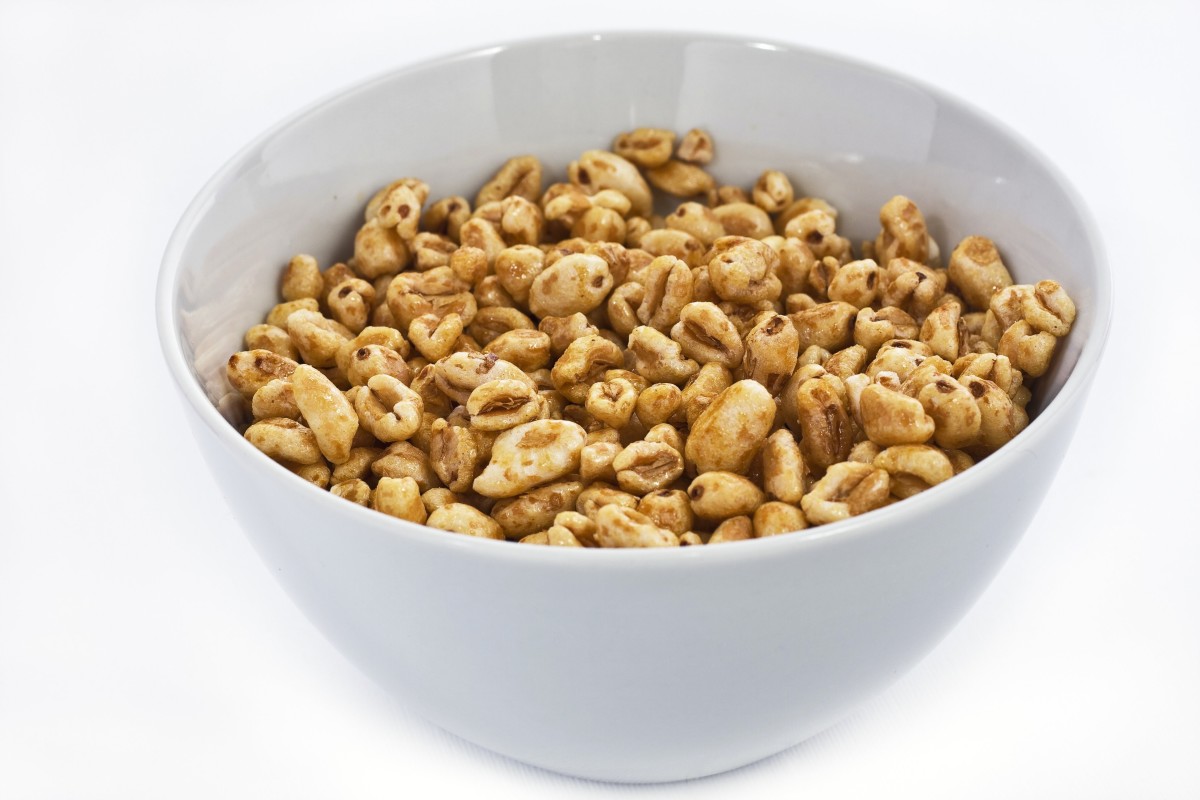Avoid Food Spoilage with Nanotechnology
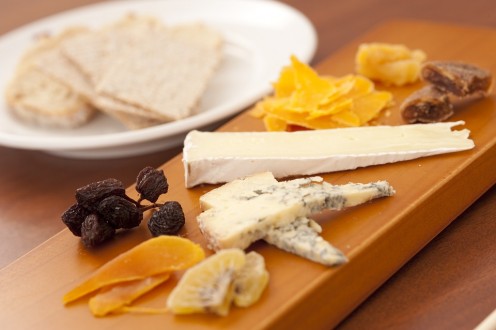
Stocking up on Food
We are all guilty of purchasing excessive quantities of food when we make a quick run to the grocery store. You start with the essentials including fruits and veggies, cereal for the kids, ingredients for your unique lasagna dish, and of course frozen food for emergencies. Next, you purchase that extra milk carton because there never seems to be enough and two steaks to make sure you have enough for dinner tomorrow. While you are making your way towards the checkout register, you notice a mountain of cheese and you have this brilliant idea of creating a surprise gourmet cheese platter. So, you end up purchasing five different types of cheese.
An introduction to Nanotechnology and Food Spoilage
Food wastage is often a result of consumers not realizing their food is going bad. By incorporating nanotechnology devices into our daily routines, we can most definitely help reduce waste by detecting food spoilage before it's too late.
Nanotechnology involves science, engineering, and technology at a nanoscale which is between 1 to 100 nanometers. Nanotechnology involves imaging, measuring, modeling and manipulating matter at nanoscale. To better understand the scale of nanometers, here are some examples:
- One meter is 1 billion nanometers
- A strand of human DNA is about 2.5 nanometers
- Your finger nails grow 1 nanometer every second
- and a human hair is approximately 100,000 nanometers
Spoilage
Food spoilage in homes is due to improper or sub-optimal storage temperature, poor visibility in refrigerators, partially used ingredients, incorrectly stored, and misjudged food needs.
Misjudging your Food Needs
You get home and that evening your best friend calls you and cancels dinner plans because her cat has stomach flu. And then your boss calls you for the monthly report you missed and you end up working all weekend instead of preparing the surprise cheese platter for the family. You open your refrigerator at midnight and to your astonishment you see that there are 4 cartons of milk. Then you realize that the kids are visiting their cousins for a week. Oh well, more milk for you.
How often do you waste food?
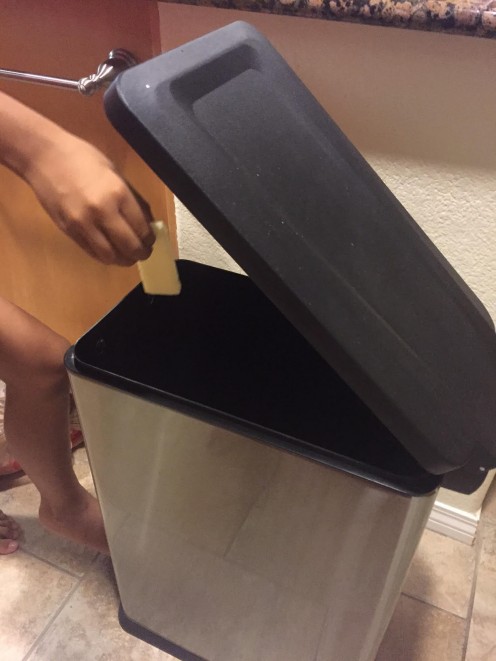
Smelly Odor from your Refrigerator
Before you know it, a couple weeks pass by and there is an unbelievable smell coming out of your refrigerator. You have no idea what it can be but you are prepared for the worse. Yikes! Your future cheese platter has turned into a mountain of mold and it smells like ammonia. So, in the trash it goes.
And just as you clear the cheese, you realize your precious steak that you never used was not in the freezer but rather beside your veggies and so in the trash it goes too! You definitely deserve a cold glass of milk after dealing with that mess and you throw up after taking one gulp so it goes into the trash as well.
You feel good now that the odor is gone. However, you are saddened by the fact that you were not more careful about the wastage. There is no excuse, but you are not alone and nanotechnology is just one possible solution that can help.
Nanotechnology may help reduce food spoilage and ultimately food wastage!
Do you prepare more food than necessary?

Just how much food do we as a nation waste?
view quiz statisticsThe average U.S. household of
four wastes an estimated $1,350 to $2,275 in
annual food losses.
— D. Gunders, Natural Resources Defense Council
U.S. Households waste up to $2,275 in food annualy
According to a study by the Natural Resources Defense Council, for the average U.S. household of four, food waste translates into an estimated $1,350 to $2,275 in annual losses. Most of these wastage comes from impulse and bulk purchases, poor planning and an increase in cooking portions that are not consumed. There may also be a cultural phenomenon as it's also reported that the average American consumer discards 10 times as much as the average southeast Asian consumer.
By now, some of you if not all of you may be feeling somewhat guilty for the wastage you have so become accustomed to. So, what can you do to reduce waste and how does nanotechnology fit it into all of this. and what is nanotechnology?
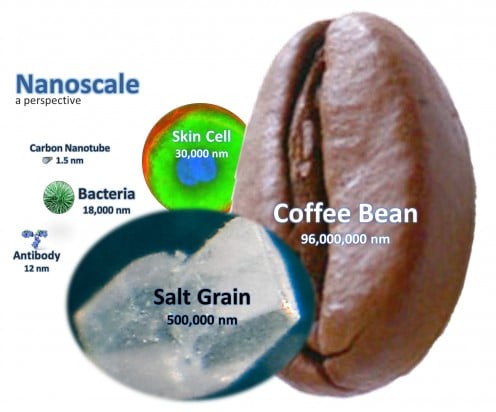
Nanotechnology in use today
Nanotechnology is being developed to help a host of challenges in our daily lives. Some examples are listed below:
- Nanoparticles allow Miller Brewing to bottle its beer in plastic containers
- Nanoparticles are used to make pregnancy tests easy to read
- Nanoparticles allow tennis balls to keep the air in the balls longer
- Carbon nanotubes are being used to power artificial muscles
- Nanoscopic capsules are used to deliver highly targeted drugs
- Metal nanocrystals may be incorporated into car bumpers, making the parts stronger, or into aluminum, making it more wear-resistant.
Food spoilage is one of the reasons for food wastage and nanotechnology devices are being developed to help detect food spoilage.
Developing the Electronic Nose with Nanotechnology
Research is currently underway to utilize Nanotechnology in many areas including drug delivery, nanorobots, neuro-electronic devices, nanonephrology, cell repair machines and yes there is even talk about the "Space Elevator" - a proposed transportation system to the moon where carbon nanotubes have been identified as possibly being able to meet the specific strength requirements.
Nanotechnology is also being developed to create an electronic nose with the ability to detect very specific odors or gases that emit into the environment. Think of your cute attack dog Lion the Chihuahua and how excited she gets when there is peanut butter nearby. Perhaps that's just me. Dogs have the ability to smell up to parts-per-trillion and that is why they are used in various sniffing industries.
Dr. Nosang Myung, Chair of Chemical and Environment Engineering at University of California, Riverside, is a renowned and respected researcher in the nanotechnology world with substantial publications and patents under his belt. Dr Myung has discovered the ability to detect gases to the parts-per-billion that can be commercialized using nano materials to "smell" odors. From mind to market an article on Dr. Myung talks about the "electronic nose" and its potential applications,
Nanotechnology and Internet of Things devices
Devices that include nanotechnology to detect food quality and spoilage will include refrigerators, smartphones, handheld gadgets, wearable, and a host of other Internet of Things.
With the breakthrough in Nanotechnology, Nano Gas Sensors are going to make their way into your world. Each food group has a very specific odor and gas sensors will be fabricated to detect specific food groups such as fruits, vegetables, dairy, meats and seafood.
Internet of Things devices embedded with tiny Nano gas sensors will be able to detect the slightest amount of odor or food spoilage. Reminders will pop up on your smartphone informing you to consume your gourmet cheese before it goes bad or that you accidentally placed your steak in the refrigerator section instead of the freezer section. And no more accidental consumption of spoiled milk as you will be warned days in advance of pending spoilage.
In addition to automated alerts, Internet of Things devices will inform you if your food is safe for consumption. This can include checking for pesticides used on fruits, to checking food quality and spoilage levels based on odors being detected.
Fresh and safe fruit basket
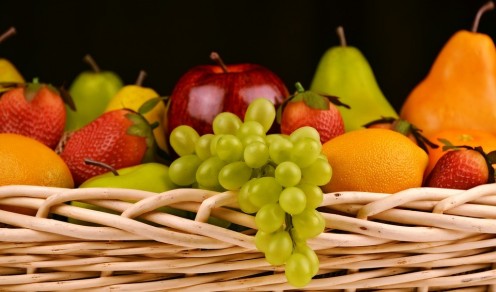
You can reduce food wastage
As the science behind Nano gas sensors gets more sophisticated, your refrigerator will be able to send out alerts informing you that various foods you have may be going bad soon. This will help you plan your meals and avoid wastage.
So, Nano gas sensor may be able to significantly help in reducing food wastage. Before Nanotechnology and more specifically Nano gas technology shows up in your homes, there are steps you can take to ensure you don't waste food. Here are some simple steps:
- Purchase only the quantities you know you are going to consume
- Arrange your food in the refrigerator in a manner that you will visually be able to identify foods that can go bad easily
- Monitor what you are throwing away as that will be an indication of items that you should cut back on quantities.
- Eat leftovers.
- Make sure anything that is stored is stored in its appropriate compartment and containers that are airtight if necessary.
- Check your fridge and ensure that the settings are correct.
- Understand expiration dates for different kinds of foods.
Last but not least, use common sense because it's never a good idea to waste food when there are millions of people around the world going hungry on a daily basis.

